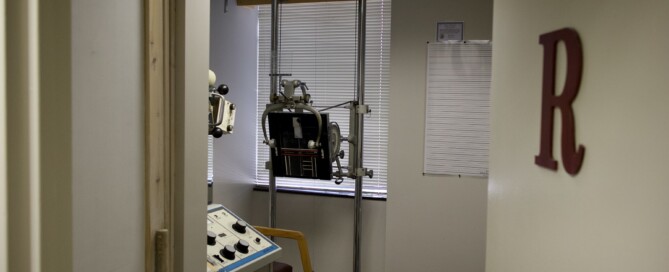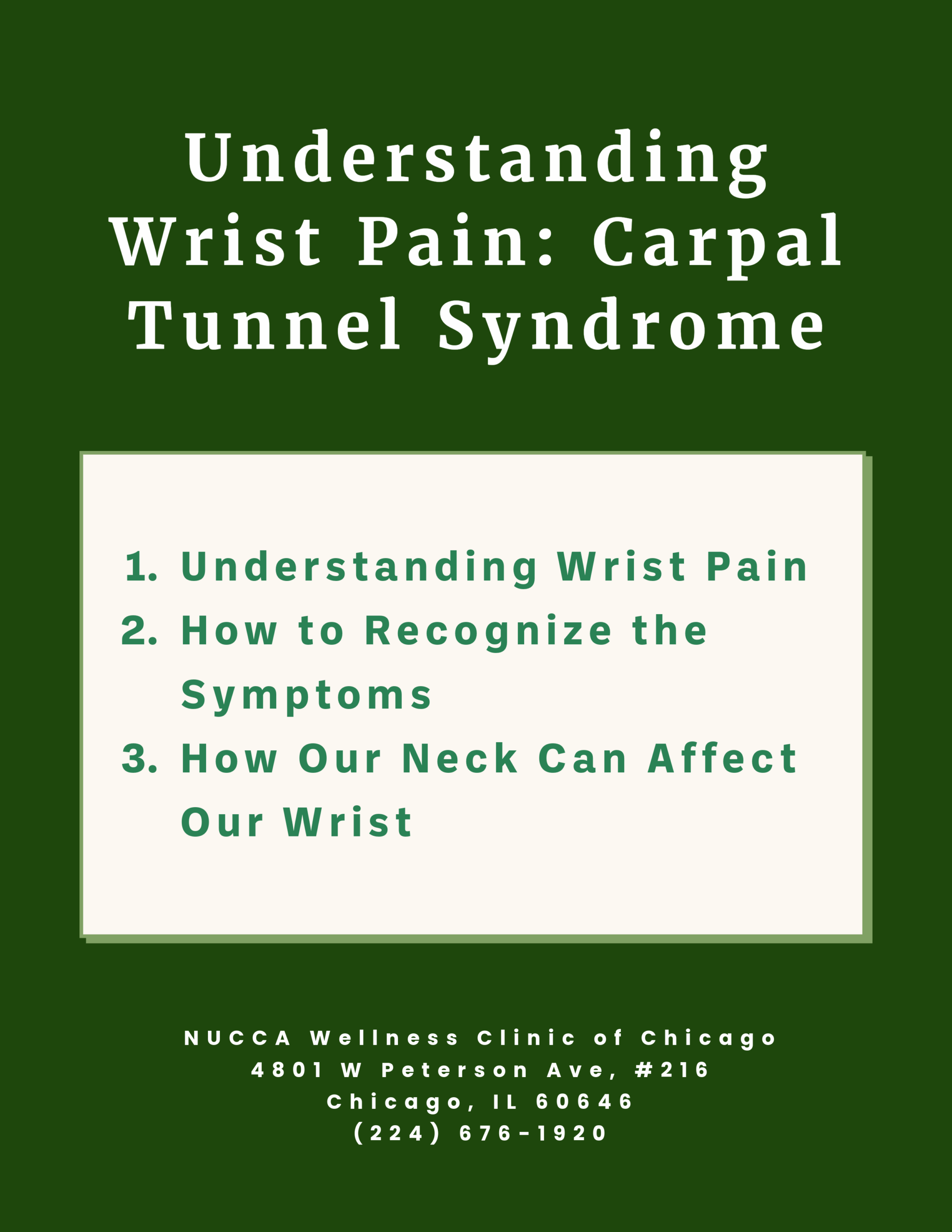
If you have ever had the urge to crack your back, have someone hug you and crack it for you, or crack your neck, you are not alone. Self-cracking one’s spine or neck is something most people, or perhaps everyone, has done at one time or another. Though, one’s ability to crack their neck or back does not mean it is a good practice. Back pain is a sign of spinal misalignment and that a person needs to seek an evaluation from an Upper Cervical Specialist.
Definition of spinal misalignment
Spinal misalignment refers to the condition where the spine deviates from its natural and optimal curvature. The human spine is designed to have specific curves that enable it to maintain balance, flexibility, and support. However, when these curves become exaggerated or reduced, spinal misalignment can occur.
The spine consists of three main curves: the inward curve of the neck (cervical curve), the outward curve of the upper back (thoracic curve), and the inward curve of the lower back (lumbar curve). These curves work together to distribute weight evenly and absorb shock, thus protecting the spinal cord and nerves.
Spinal misalignment can be caused by various factors, including poor posture, injury, degenerative conditions, or structural abnormalities. When the spine is misaligned, it can lead to pressure on the nerves, resulting in a range of symptoms.
Importance of proper alignment for overall health
Proper spinal alignment is crucial for overall health as it directly affects various bodily functions. When the spine is properly aligned, it helps to maintain the body’s balance, stability, and optimal functioning. Conversely, poor spinal alignment can lead to a wide range of health issues.
Chronic pain is one of the most common consequences of poor spinal alignment. Misalignment can put excessive pressure on the surrounding muscles, tendons, and nerves, leading to discomfort and persistent pain. Moreover, reduced mobility is another detrimental effect of improper alignment. When the spine is out of alignment, it can restrict the range of motion, making it difficult to perform daily activities and exercise regularly.
Respiratory issues can also arise due to poor spinal alignment. The spine encases and protects the spinal cord, which plays a critical role in the functioning of the nervous system. Any misalignment can result in nerve impingement, impacting the signals sent between the brain and the respiratory muscles, potentially leading to breathing difficulties.
Furthermore, improper spinal alignment can result in permanent joint and bone deformities. Over time, it can cause the joints to wear down unevenly, leading to conditions like osteoarthritis. This can further impair mobility and contribute to chronic pain.

Signs of a Weak Spine
A weak spine can impact your daily activities and quality of life. It’s important to be aware of the signs that indicate your spine may be weak, so you can take action to address any issues and prevent further damage. Below are other signs that it is time to come in for a checkup.
- Press your thumbs into that spot just below your skull, above your neck, behind the ears. If you feel any pain or tenderness you should seek an evaluation
- Any neck, back, or should pain should be addressed
- Any type of lower or mid back pain, beneath the shoulder blades should be addressed
- If you cannot move your head from side to side, or if there is a loss of a range of motion, you may need a spinal correction
- If your neck makes a clicking sound when you move it from side to side
- You experience frequent headaches or migraines
- You had a trauma, even one only leading to a minor concussion, to the head, neck, or shoulders
- You have sensitive vision
- You experience Vertigo, dizziness, or other movement sensations
- You experience tingling or burning, especially in your fingers and toes
- You have been diagnosed with Scoliosis
- One of your legs is longer than the other
If you suffer from one of the above problems, it is time to seek an Upper Cervical Specialist. Self-cracking your back or spine might seem like a good idea, and it may lead to temporary relief, but it will not lead to a healthier back. A person cracking their own spine, or even a General Chiropractor cracking a person’s spine, no more leads to a healthier back than the cracking sound of metal does not lead to a car crash.
If you have one of the above symptoms, it is important to see an Upper cervical specialist who will align your spine without any popping, cracking or twisting of your spine. Once you spine is aligned, your brain will be able to better communicate with your body, and your body will function properly.
References:
http://www.ncbi.nlm.nih.gov/pmc/articles/PMC3315865/
To find an upper cervical specialist in your area go to http://www.NUCCA.org/ or if you are in the Chicago, Illinois area click the button below to schedule a consultation:
Want to hear from people like you? Check out our reviews here.

Dr. Young Chung of NUCCA Wellness Clinic of Chicago, with a location in Chicago and a 2nd location in Wheeling is an Upper Cervical Specialist trained by the National Upper Cervical Chiropractic Association (NUCCA). His upper cervical clinic also serves Northbrook, Long Grove, Lincolnshire, Buffalo Grove and Vernon Hills. He is uniquely trained to correct problems in the upper cervical spine (upper neck). This vital area is intimately connected to the central nervous system and problems in this area have been shown to be an underlying cause of a variety of different health problems, including migraines and other headaches, whiplash injuries, post-concussion syndrome. This type of care has also shown benefits for athletic performance and pregnancy outcomes. More information can be found on our website at http://www.NUCCAwellnessChicago.com/




